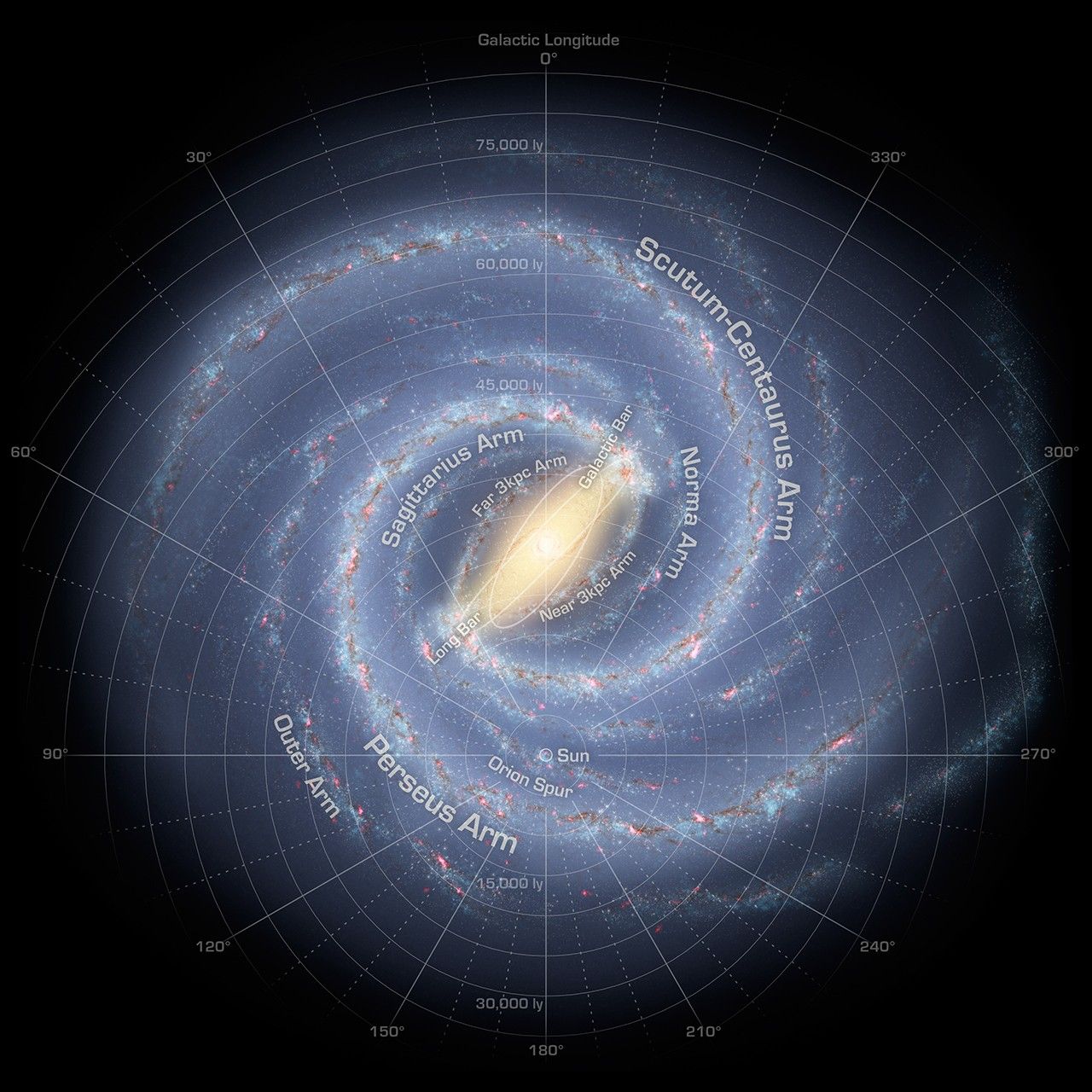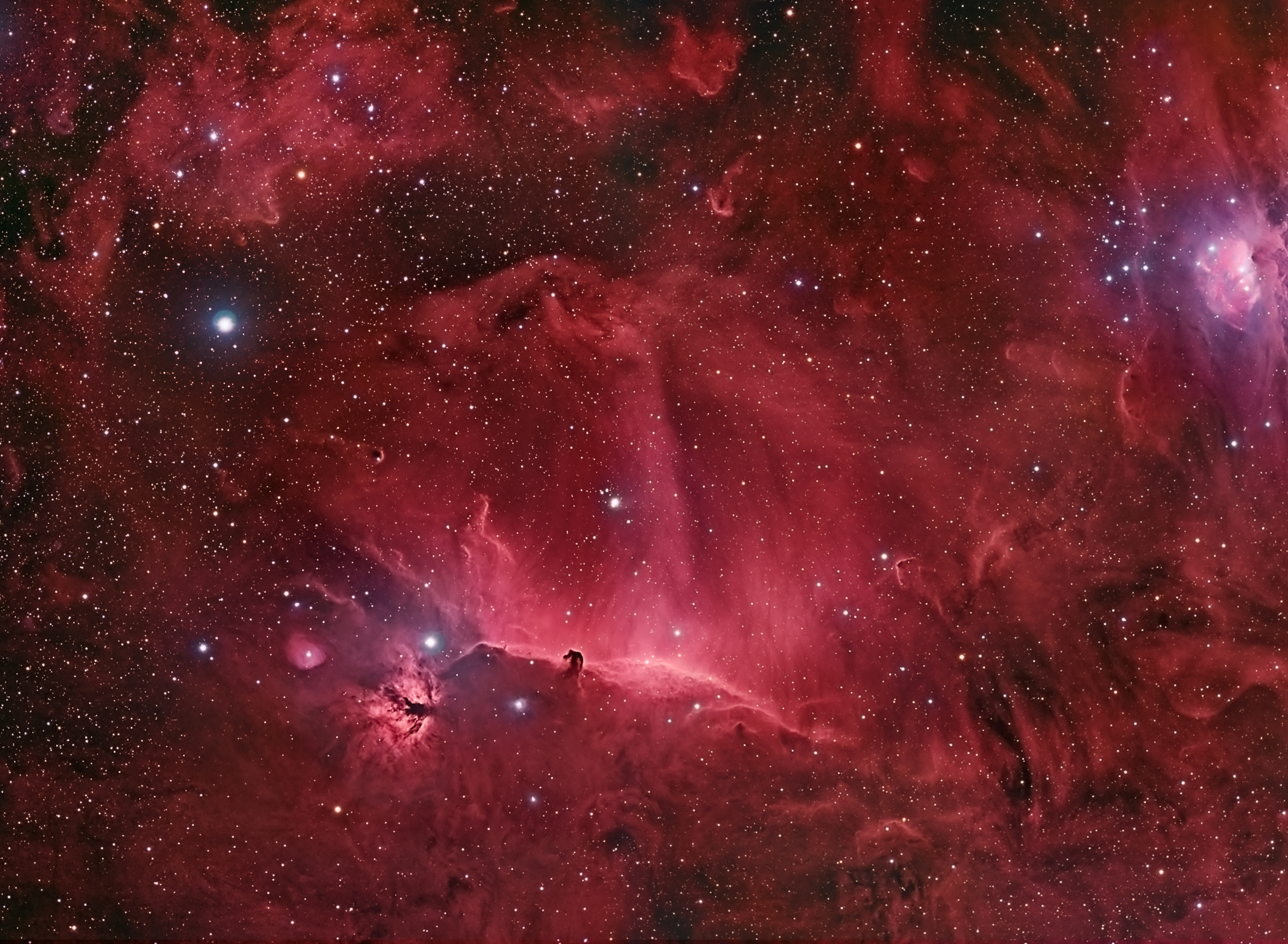 |
| Jupiter, Mars and Moon on 6 March |
I love watching planets move. So did the ancient Greeks and they named these wandering objects 'planetes' and to this day, the name stuck. The planets normally move in a graceful arc across our night sky, slipping from one Zodiac constellation to the next, bringing a change in composition to the tapestry of the night sky, modifying the normal patterns of the constellations. And showing us just how extraordinary our Solar System really is, a collection of planets orbiting a star alongside us on Earth, and creating a window into the universe of how systems emerge around our galaxy and the universe.
Right now, Mars and Jupiter are extremely well placed in the night sky. They both are occupying the 'Winter Hexagon' which is a rich span of winter sky that includes many of the brightest stars in the night sky. At the moment, Mars and Jupiter are nicely bookending the circle of stars in the hexagon, Mars on the east side of the circle and Jupiter on the west side. Both planets are moving gradually eastward and the pattern we see now will change over the coming weeks. In particular, Mars will form very interesting patterns with the twin starts of Gemini, something you can watch and enjoy from night to night.
My latest podcast for the Volkssternwarte München in the Translunar series features this alignment and part of the night sky. Give it a listen on a night when you have clear skies and you will make discoveries on your own.
Image courtesy of SkySafari.













